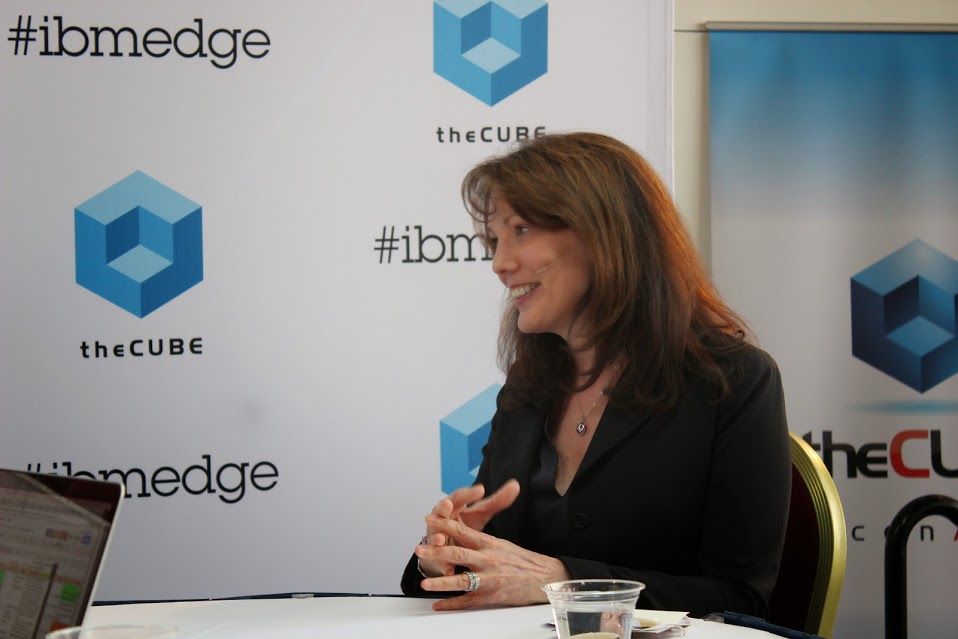 NEWS
NEWS
 NEWS
NEWS
 NEWS
NEWS
Terri Virnig, the VP of Power Ecosystem & Strategy at IBM, takes a long view of current industry trends, especially given the rapid growth of ISBs and open-source packages for the Company’s Power systems. In an interview with theCUBE, she explained its strategy.
“Part of what we’ve been doing is, amidst all this growth and all these options, really honing in on … our strengths,” she said. “So our focus has been very much on Big Data and analytics solutions, Cloud solutions and really taking the great history we have with the ‘systems of record’ solutions that have been built out on Power, on AIX and IBM i and extending that with new Linux capabilities.
Virnig added that the company is looking for synergies that can build on the strengths it already has, including its architectural strengths, and bring solutions to market that are made up of a combination of IBM software, ISB software and open-source software to provide leading-edge capabilities for clients with “differentiated value.”
The company is also taking a broad view of the shift to services over software. Rather than rushing in and focusing only on services, Virnig said the company is working to optimize every aspect of the business.
“I really think it’s on all levels,” she said. “It’s what can we do to help monetize more for the open source providers, what can we do on the software side and what can we do with the services. It’s across the board.”
This requires viewing products and services as a whole, rather than in isolation.
“Whenever you do a solution, you have to think of the integrated stack that goes with it,” Virnig said. “We don’t look at pieces in isolation anymore. We always look at . the server elements, the storage elements, the networking elements, the middleware elements, right up to the solution and application layer, and the deployment — Cloud deployment, public, private, hybrid. And so you’ve got to look at all the pieces in parallel and the evolution of all the pieces in parallel.”
That’s why the company is “putting those pieces together and saying, ‘Here are the reference configurations, easy installs, cookbooks for how to put the pieces together,’ so it really is looking across that whole stack and how to optimize it,” Virnig explained. “And future designs have learned from that to continue to evolve the characteristics.”
She also said that it’s important to stay true to the company’s core identity as these changes take place. “You’ve got to do it with focus,” she added. “You don’t want to be all things to all people and scattershot. You’ve got to be very clear about where are your strengths, where can you make a difference, how do you build out the right ecosystem to target that market.”
Watch the full interview below, and be sure to check out more of SiliconANGLE and theCUBE’s coverage of IBM Edge2015.
THANK YOU